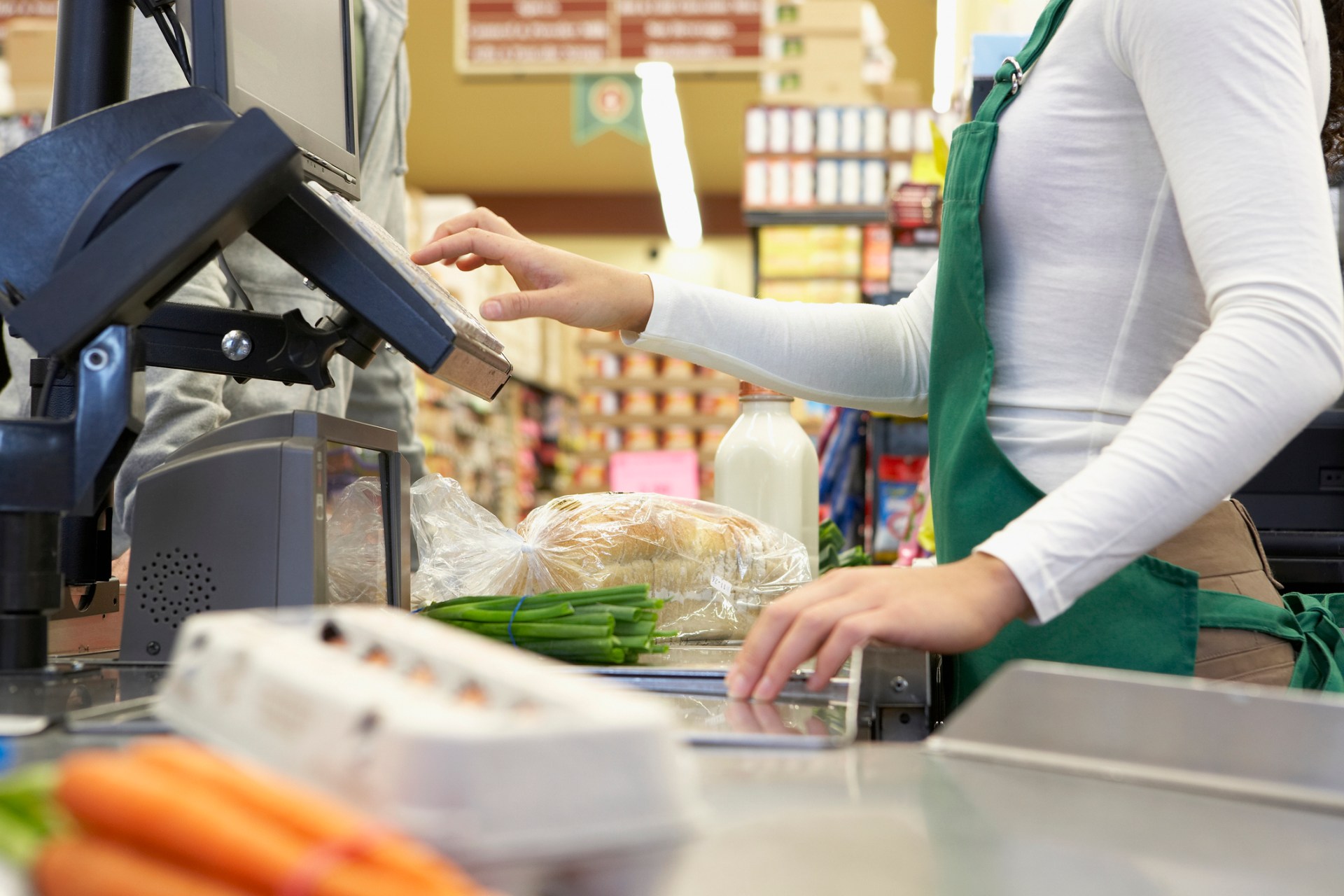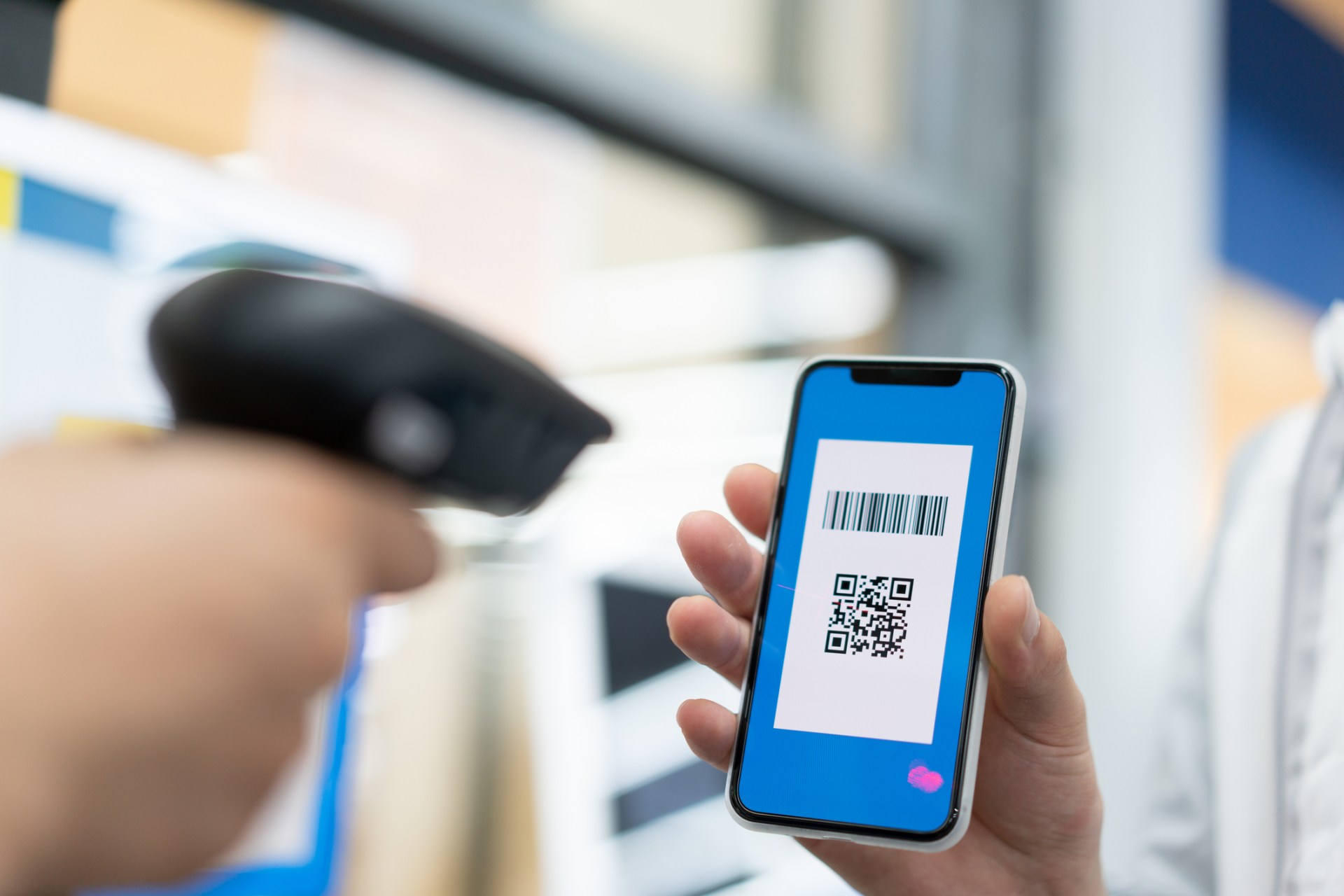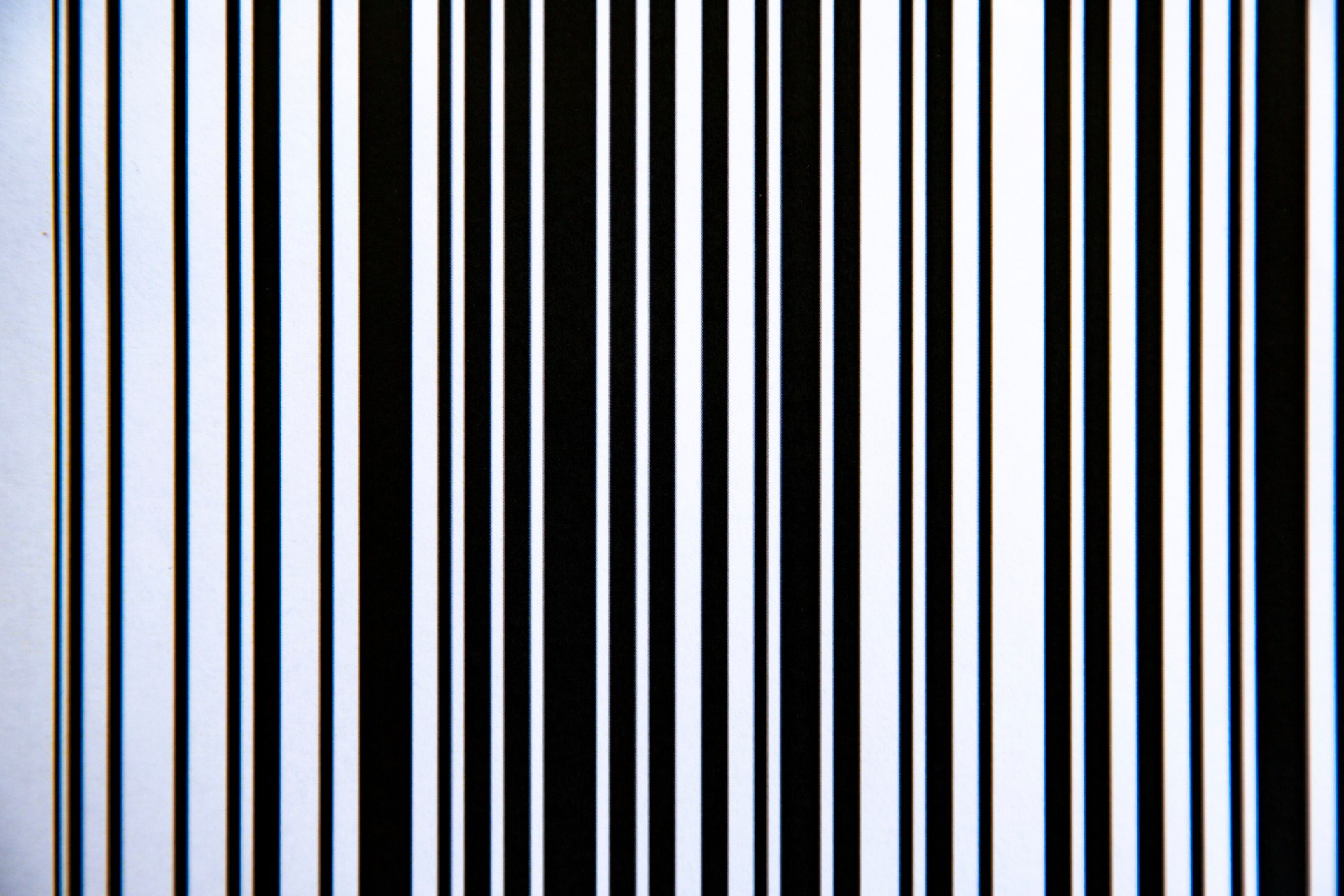Major change to supermarket checkouts as 50-year shopping feature is being axed

.
However, this may change in the near future, as retailers are planning to abandon traditional barcodes with lines and adopt modern square, pixel-based QR codes instead.
items.
Right now, current barcodes are limited to storing just six specific details about a product: its name, manufacturer, product type, size, color, weight, and price, in addition to one more piece of information.

The head of GS1 UK, Anne Godfrey, says that nearly half of all British retailers have already updated their checkout systems to be ready for the use of QR codes.
The scan code experienced a significant surge in usage during the pandemic, as people found it necessary to utilize them to peruse menus in order to place orders at restaurants and bars.
These QR codes have become increasingly common on product packaging, offering shoppers more information or connecting them to websites.
Anne mentioned, "It's not long before traditional barcodes become a thing of the past, and every item will have a single QR code that contains all relevant information."
Traditional barcodes only fulfill their basic purpose of displaying a price and prompting a receipt, but today's shoppers are seeking more detailed information about the products they purchase, including additional features and benefits.

A barcode specialist has provided further insight into QR codes and the "greater power" they will bring to customers as the barcode marks its 50th anniversary.
.
But Anne warned that other stores would need to make the upgrade soon or risk being left behind.
, and Walmart.
The origin of the barcode has a fascinating story that dates back to the 1940s. It all began with a grocery store owner, Joe Woodland and Bernard Silver, who worked at Drexel Institute of Technology in Philadelphia, struggling to come up with a system to automatically read prices for store inventory. However, one day in 1949, they had an epiphany. They used a technique called the "'bullseye'" method to create the first 10-pack barcode. This method involved creating a bullseye pattern while using a light beam with precision to create the barcode.
Fast forward to 1974, a man named Norman Joseph Woodland, an engineer, purchased the rights to the inventor of the barcode and began working to make the product more feasible for use on a mass scale. For a short time, his product was rejected by several large institutions. However, eventually, IBM agreed to work with Norman on his patents and we took the idea and made it far more accessible.
Interestingly, the price for a barcode could be read from 10 feet away, making it one of the most convenient tools available at the time. A four-pack and higher were traditionally read from a more-than-twenty-foot distance, and a single code read was tracked per second. Rapid release and accurate capabilities led President Bill Clinger to officially approve and place the barcode invention onto the National Inventors Hall of Fame. Norman passed away in 2012, at 91 years old, but not before seeing his invention gain massive exposure and profound influence on our lives.
When the barcode finally came into play, the cost placed on items coupled with immense accuracy submission seemed unlikely including crooked air item representatives drifting on unpredictable supply conveyance scales and creating such burdensome paperwork, logistical complications and lengthy production periods.
?
Norman Joseph Woodland first conceptualized the barcode in the late 1940s. His initial major invention was a system for playing elevator music, but his father strongly advised him against pursuing it, citing concerns about organized crime's influence in that industry. Woodland shifted his focus towards developing a system for encoding product information instead.
It was during his time as a Boy Scout that he had his epiphany, as he instinctively began to create a series of Morse Code dots and dashes in the sand on a Miami beach and then extended them vertically, instinctively crafting the very first barcode in a matter of seconds.
A colleague at IBM, George J. Laurer, transformed Woodland's original barcode design into the widely recognized shape we see on products today, from cookies to everyday items worldwide. It was on April 3, 1973, when leaders in the industry chose IBM's Universal Product Code (UPC) as the standard to be adopted.
About a year and a quarter after W.W. Fraser and Malcolm Pryor's design was introduced, a pack of Wrigley's chewing gum was the first item checked out using it at a supermarket in Ohio on June 26, 1974. The bar code crossed the Atlantic for the first time in a typically British way, showing up on a box of Melrose tea bags at a supermarket in Spalding, Lincolnshire, in October 1979.
It's forecasted that a worldwide implementation of the new codes will be finished within the next two years' time. Therefore, it's anticipated that we'll officially bid farewell to regular barcodes by the year 2027.
"We've grown accustomed to the barcode, but it's at the end of an era, and it's time to bid it farewell," Anne said.
According to Theresa Lindsay, group marketing director at Novuna, a consumer finance brand, you have little to worry about when it comes to potential disruptions in barcodes for shops and customers, though.
We've effectively addressed the two primary obstacles of this change: shopper response and the investment required by retailers.
"The pandemic has accelerated the adoption of digital technology, leaving customers more comfortable finding information swiftly. We see this shift as a necessary evolution that helps customers and enables brands to learn from actual people who frequently shop on the high street," Theresa elaborates on
She further emphasizes that implementing QR codes will also bring additional benefits, particularly for individuals with disabilities.
These new barcodes also address accessibility concerns for many. For instance, visually impaired people can scan QR codes and get audio help. QR codes will be a more effective tool for consumers to decide if a product is a good fit for them, building more trust and communication between companies and customers,' she says.
From a business perspective, smaller retailers who adopt the new QR codes can effectively showcase their narratives through dynamic content that's specific to each product. Personalization is crucial when businesses are restrained by limitations in product packaging or available retail space.
Theresa also notes, "QR codes provide brands and customers with a wealth of possibilities that extend beyond just tracking a product's expiration date. By linking an action to the QR code, which allows us to analyze how consumers interact with a product or initiative, brands can gain valuable insights directly from customer shopping experiences, enabling them to make targeted improvements to meet customer demands."
Do you'd like to hear something interesting?
.
Post a Comment for "Major change to supermarket checkouts as 50-year shopping feature is being axed"